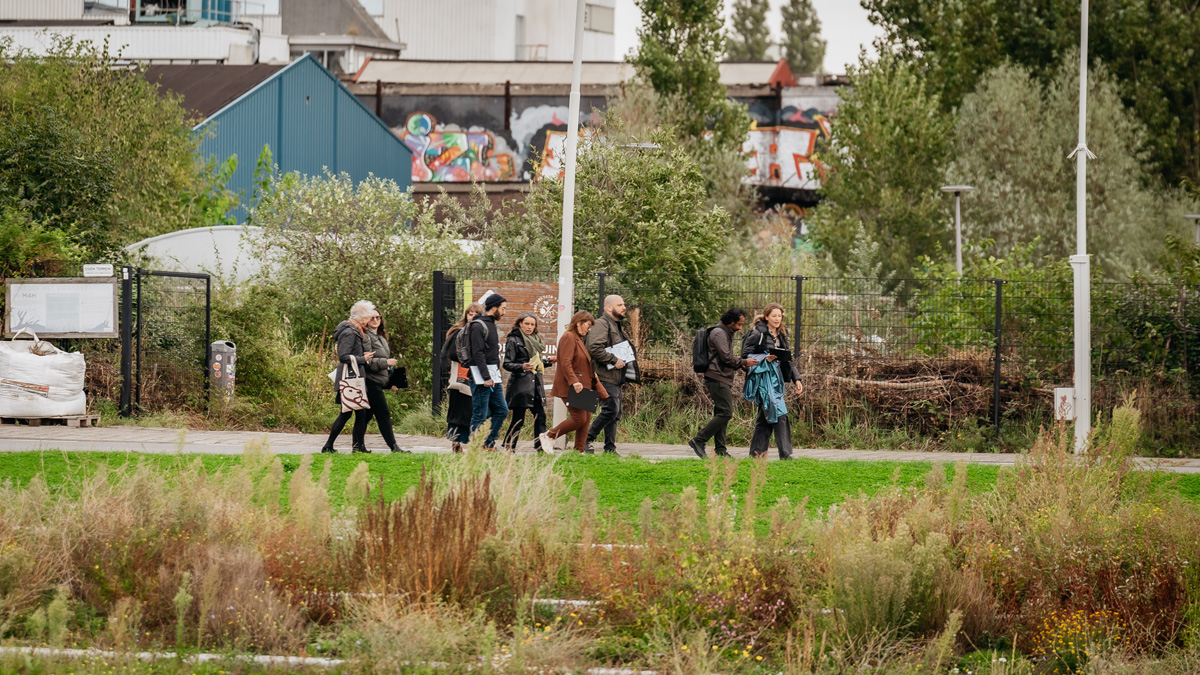A participatory walk is a field observation methodology carried out by a group within a previously defined area. Its main objective is to identify both the positive aspects of public space and those needing improvement, addressing deficiencies in the urban environment through an ecological and gender-based lens.
This tool combines environmental observation with informal dialogue among participants. It enables a deeper understanding of the social and spatial dynamics within local communities while fostering interaction among the various actors involved in the analysis process—thereby strengthening community networks.
